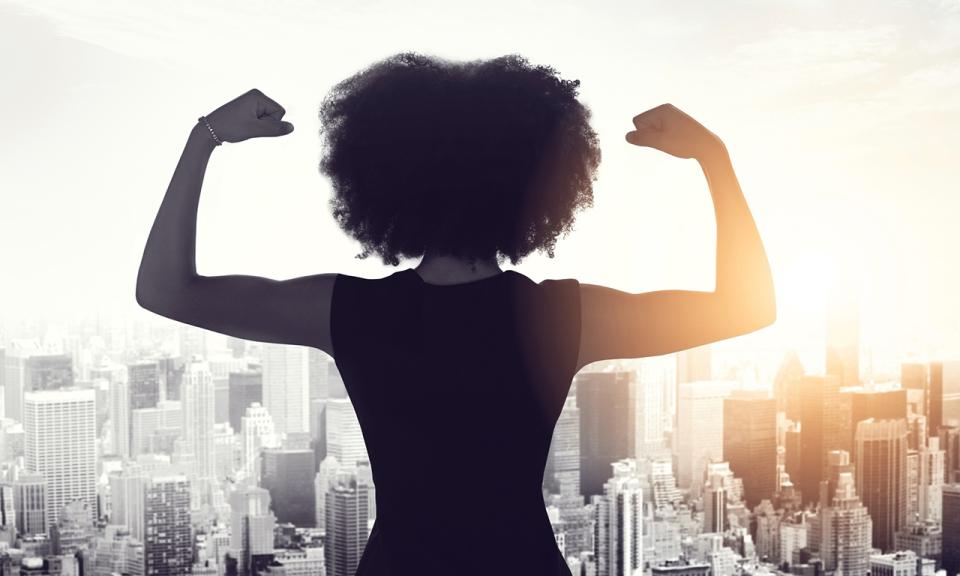Alumni blog Part 1: 2020 a year of change for diversity and inclusion?

Oh 2020!
As the clock chimed midnight on January 01, 2020 the United Nations ushered in the start of the ‘Decade of Action’ calling for accelerating sustainable solutions to the world’s biggest challenges ranging from climate change to inequality to closing the finance gap. However, as the saying goes ‘fate, it seems, is not without a sense of irony’. The year 2020 has surreally manifested its fair share of challenges and historic events. Perhaps one of the most indelible moments of 2020 was the 8 minutes the world watched as George Floyd lost his life on the streets of Powderhorn Park. With his last breath the words uttered by Mr. Floyd – “I can’t breathe” echoed across the hemispheres. Whist the phrase is used worldwide to protest against police brutality, especially in the United States; symbolically, as women of colour we can attest to moments in our professional lives and careers when we felt stifled, stagnated, overlooked – unable to breathe.
As a practicing civil engineer and certified programme manager for more than 17 years I am a strong believer in Newton’s Third Law of Motion – “for every action, there is an equal and opposite re-action”. In the world of business, we conduct SWOT analyses, identifying a strength for every weakness and an opportunity for every threat. It is therefore not surprising and quite encouraging that emerging from the flames of 2020 is an abundance of discussions on Diversity and Inclusion (D&I). D&I means something different to everyone. In honour of Black History Month this blog focuses on what it means to me as a Black woman in the workplace.
The Hard Truth
The hard truth is that despite current and past efforts of D&I women of colour remain underrepresented in the workplace. Being a woman in the workplace comes with its fair share of challenges, such as gender discrimination and bias. For black women there is a double barrier as gender ceiling biases are compounded by other obstacles such as racism as we aspire and navigate our way up the corporate ladder, even when it’s not overt. For example, have you ever been told that you are “not like others” of your race? Additionally Black women are less likely to get the support and access needed to advance and less likely to interact with senior leaders according to the 2020 State of Black Women in Corporate America report by Lean In.
The hard truth is that despite current and past efforts of D&I women of colour remain underrepresented in the workplace.
Currently there are 37 women leading Fortune 500 companies, an increase from 33 women in 2019. As a women this upward trend is certainly a win, however there are no Black women among them. In reality there have only ever been two Black women to serve as CEO of a Fortune 500 company – Ursula Burns who served as CEO for Xerox and Mary Watson who briefly served as the interim CEO of Bed, Bath and Beyond. The underrepresentation of Black women is not limited to the C-suite level but occurs across the corporate pipeline. In the 2020 Women in the Workplace report by McKinsey & Company and Lean In, women of colour comprised 18% of the workforce at the entry level, 12% at the manager level, 9% at the Senior Manager/Director level, 6% at the VP level and 5% at the SVP level in corporate America. Research in the United Kingdom indicates that only 3.5% of Black people have made it up the corporate ladder, with less than 1% being Black women. The Gender and Race Benchmark 2014 found that in the UK Black women are the least likely group to hold executive or non-executive directorship positions, although they are more likely to be leaders within their communities. Currently there is one CEO of a FTSE 100 company who is Black, Arnold Wayne Donald, CEO of Carnival PLC.
Embracing Opportunities
The good news is that despite the obstacles and specific challenges on the corporate ladder there are dynamic Black women like Ursula Burns, Carla Harris of Morgan Stanley and Tonya Hallett of General Motors who have made it to the top. We also have trailblazers in women like Oprah Winfrey. Further whilst women continue to be under represented in large publicly traded companies, we are stepping up the game when it comes to entrepreneurship. In the 2019 State of Women-Owned Business Report over the past 5 years in the US the number of women-owned businesses grew by 21% with Black women leading the charge.
I am a strong believer in the power of the lesson learned. Over the years I have collected a treasure trove of inspiration from the documented journeys of women who have navigated these waters; as well as from my own experiences moving from an entry level engineer to a senior manager. It is my hope that by sharing some of these treasures you will be encouraged along your own journey.
Read the second half of this blog post, where Candice shares her inspirations from women of colour in business, as well as her own experiences of moving into senior management.
Alumni blog Part 2: 2020 a year of change for diversity and inclusion? »



